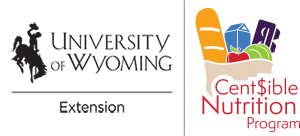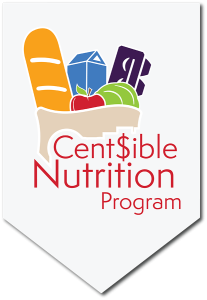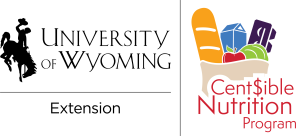Whether you’re packing a lunch for work, school, or an outing, keeping food safe is an important step to consider. Bacteria grows most quickly between 40-140°F. In fact, it doubles every 20 minutes when in this temperature danger zone. Food kept in this temperature range for too long can lead to illness, resulting in missed work, school, and fun. Use the tips below to keep your bag lunches safe.
- Begin with safe food– Pack food that has been safely handled and properly cooked.
- Prepare lunches safely– Practice safe kitchen skills when packing lunches. Wash hands before touching food. Use clean cutting boards and utensils to prepare food. Be wary of cross contamination between raw foods and cooked foods. Wash fruits and vegetables before slicing and packing in lunches.
- Keep lunches cold– Pack perishables with ice packs and store them in a refrigerator, if possible, once at school or work. Foods that should be kept cold in lunches include leftovers, meat, poultry, eggs, sliced fruits and vegetables, and dairy. Consider using two ice packs to ensure food stays cold until lunch.
- Keep hot foods hot- If packing a thermos with soup or other hot food, fill it with boiling water first. Let it stand for a few minutes before emptying. Heat food thoroughly then add it to the thermos. Keep the container closed until ready to eat.
- Be wary of leftovers from lunch- Pack enough food that can be eaten at lunch without leftovers. If there are leftovers, put them back in the refrigerator, if possible. If not, it may be safer to throw away any perishables, as most ice packs won’t stay cold long enough to keep food safe until the end of the day.
A homemade lunch can be a great way to enjoy leftovers from dinner and decrease food costs by avoiding eating out. Enjoy your lunch without worry, with good food safety!
Source: Keeping Bag Lunches Safe. USDA Food Safety & Inspection Service. August 2026.


